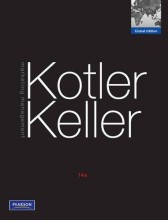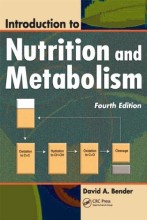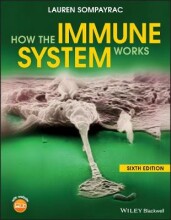Try our study magic for free
Summary: Principles Of Consumer Studies
- This + 400k other summaries
- A unique study and practice tool
- Never study anything twice again
- Get the grades you hope for
- 100% sure, 100% understanding
Remember faster, study better. Scientifically proven.
a PDF, study it super fast
- No sign up, email or credit card needed!
- AI makes unlimited flashcards
- Get unlimited quizzes and tests
- Ask AI anything
Create a notebook
- No sign up, email or credit card needed!
- Have and keep perfect overview
- Make flashcards, notes and mind maps
- Review, test and score!
Read the summary and the most important questions on Principles of consumer studies
-
2. Attitudes
This is a preview. There are 26 more flashcards available for chapter 01/09/2020
Show more cards here -
What is the essential difference between the functional and constructive perspective?
- Constructive perspective says that attitudes are something temporary. Which can be developed, when you walk out of the room it's not useful anymore. You leave it from your mind and next time you form a new attitude.
- Functional perspective says that an attitude is stable, it's just there: stored in your memory. You see an object, you form an attitude about it and save it in your memory where you can pick it later from if you need to think about the object later on.
-
What does the Ego-defensive function mean?
There is a threat to you as a person and you want to defense/protect yourself from that threat. -
When we think of a consumer, multiple factors of a consumer can influence his/her attitude. Which of the following statements is correct? A consumer’s attitude and changes in his/her attitude.
Can be used in the service of an action goal
Attitudes can be remembered to help consumers think of what they like and dislike about the execution and the outcomes of a behaviour. These can be called action goals -
What does the knowlegde function mean?
Knowledge function is often used by governments and especially in types of commercials where the producers believe that providing as much as information as possible to consumers will motivate consumers towards the behavior you’re aiming at. -
Culture is one of the factors that plays a role in attitude and consumer choices. What can you say about the role of culture?
Non-Western culture consumers have more difficulties making consumer choices
In non-Western cultures, attitudes are more formed on the basis of social expectations, norms, and obligations (normative pressures) compared to Western cultures. Consumers in Non-Western cultures have attitudes to help them conform and validate shared social norms. As a consequence, their attitudes contain contradictory information. This makes it difficult for non-Western consumers to make consumer choices. -
There are different views on attitude change. According to Albarracin & Shavitt (2018), what is the most likely? Attitude change.
sometimes occurs, because attitudes are partially fixed in memory and partially constructed at the moment -
The understanding of attitudes currently exists in three fundamental contexts. What are the three fundamental contexts?
Personal context, social context, andsocio-historical context
Theholistic contemporary understanding of attitude exists in three fundamentalcontexts , namely the person (consumer) as a whole, the social context surrounding the consumer, and the broader historical context. . Each of thesecontexts explains a part of attitude formation, attitude change,attitude-behavior correspondence, and persuasion. -
According to Albarracin and Shavitt’s (2018) article, what are consumer values?
A consumer’s attitudes towards abstract entities.
Abstract entities can be things such as security values, individualizing values, or moral values. -
What are attitudes? Please provide a definition that all perspective would agree with (1 point)
Attitudes are a consumer’s evaluation of a certain object (on a favorable to unfavorable continuum)
De attitudes die iemand heeft over een bepaald object. -
What are the three different contexts in which attitudes can form and change? Please name every context, and shortly describe it. (6 points)
The individual context, the social context, and the historical context.
The individual context is that of the consumer as a whole. It relates to values, broad goals, emotions, other attitudes, and thelifespan .
The social context includes others (communicators ), and concerns social media and social networks.
The historical context is the broad context, especially thesociohistorical context. It relates togenerational , cultural, and historicalbackdrop of attitudes.
Read the full summary
This summary +380.000 other summaries A unique study tool A rehearsal system for this summary Studycoaching with videos
- Higher grades + faster learning
- Never study anything twice
- 100% sure, 100% understanding






























